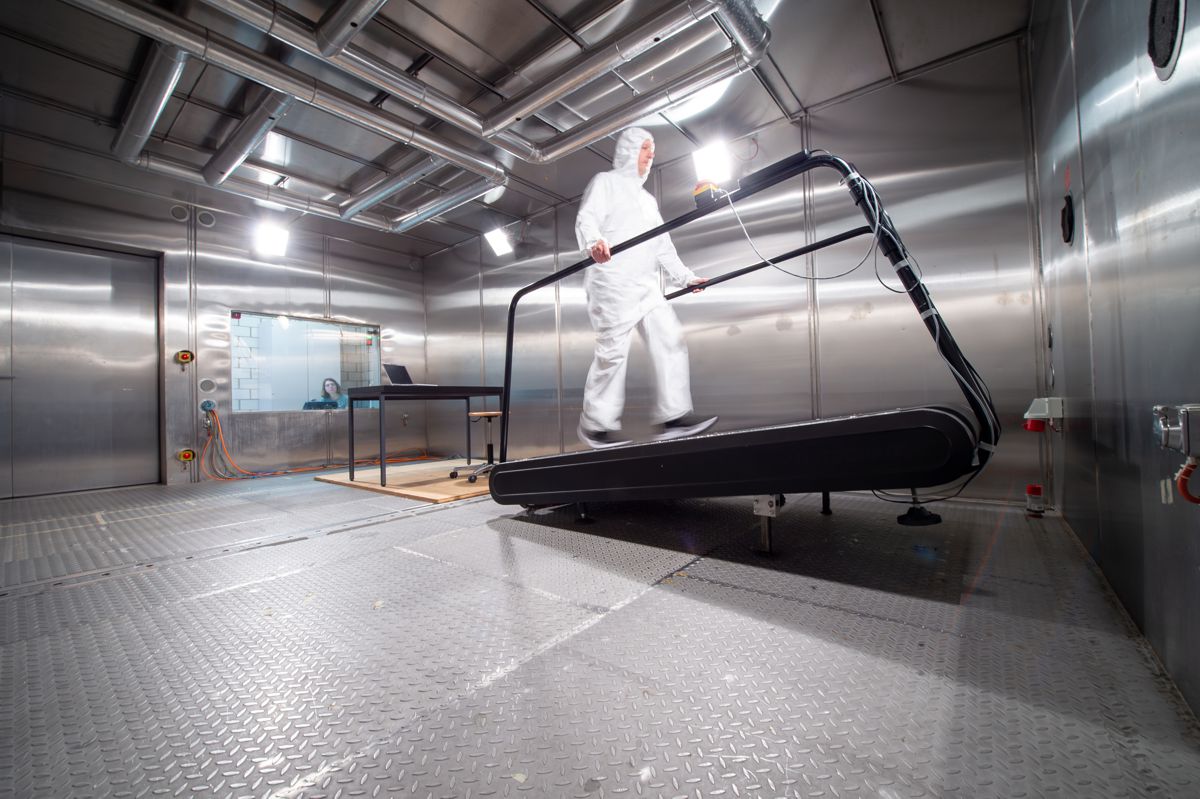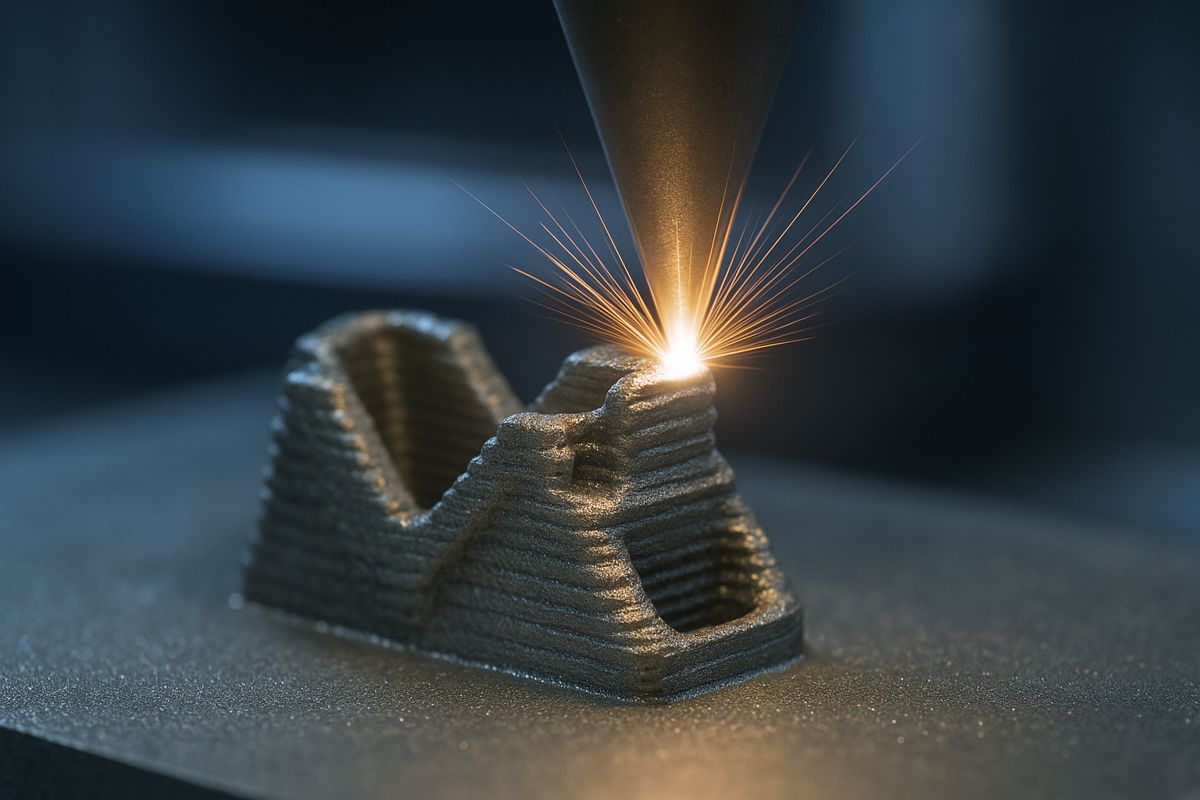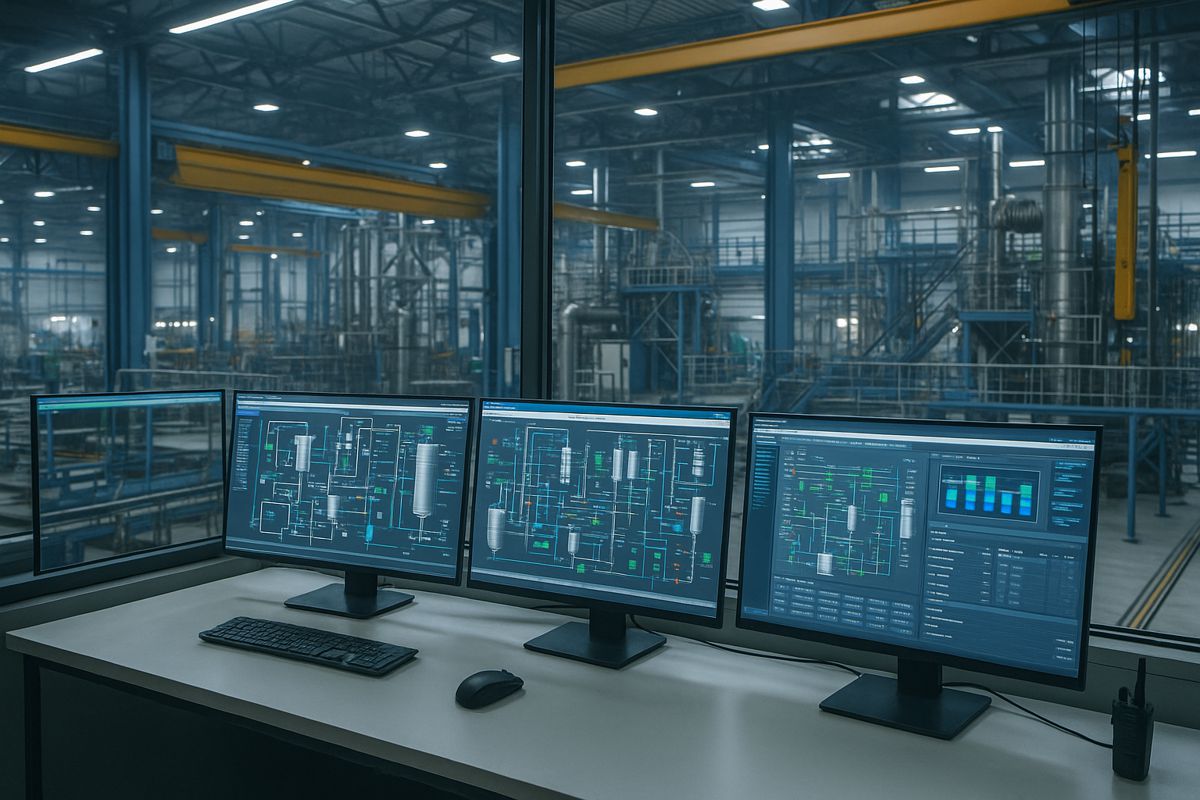Smarter Connections Bridge the Gap in Stainless-Steel Structural Design
Stainless-steel has long been admired in construction for its corrosion resistance, aesthetic appeal, and longevity. Yet, despite its clear advantages, its widespread use in structural applications remains limited by high upfront costs and outdated design codes.
These constraints often deter engineers from fully embracing the material’s potential in modern structures. However, a collaborative research initiative between the University of Naples “Federico II” in Italy and Brunel University London has taken an important step forward, bridging the gap between traditional design approaches and the next generation of intelligent structural engineering.
Their study, titled Exploring the Stainless-Steel Beam-to-Column Connections Response: A Hybrid Explainable Machine Learning Framework for Characterization, introduces a ground-breaking method for understanding and optimising stainless-steel beam-to-column connections through the integration of explainable artificial intelligence (AI). This innovative research offers a more accurate, data-driven alternative to conventional modelling, setting the stage for smarter, safer, and more cost-effective stainless-steel construction.
The Design Challenge of Stainless-Steel
The high initial cost of stainless-steel has always been a sticking point in construction economics. Engineers have traditionally compensated by using design codes derived from carbon steel studies. Unfortunately, these standards fail to capture the unique mechanical behaviour of stainless-steel, particularly its non-linear stress-strain relationship and significant strain-hardening capabilities.
Such oversights lead to conservative design assumptions, material inefficiencies, and increased project costs. As the construction industry pushes for sustainability and longer-lasting structures, these outdated models hinder innovation. There’s an urgent need for design frameworks that reflect stainless-steel’s true characteristics, enabling engineers to exploit its full structural and environmental potential.
A Hybrid Approach to Machine Learning
To address these challenges, the research team developed an extensive finite element model database comprising 612 samples of stainless-steel flush end-plate beam-to-column connections. These models were subjected to monotonic loading and designed in accordance with guidelines from the British Stainless-Steel Association.
From this foundation, eight machine learning algorithms were trained to predict key performance indicators:
- Initial rotational stiffness
- Plastic moment resistance
- Maximum moment resistance
- Ultimate rotation
The algorithms tested included Decision Tree, Random Forest, K-Nearest Neighbours, Gradient Boosting, Extreme Gradient Boosting (XGBoost), Light Gradient Boosting, Adaptive Boosting, and Categorical Boosting. Among them, XGBoost emerged as the clear frontrunner, achieving an impressive coefficient of determination (R²) score of 0.99 for both initial rotational stiffness and plastic moment resistance. Gradient Boosting followed closely, excelling in predicting maximum moment resistance and ultimate rotation.
Making Machine Learning Explainable
While machine learning is increasingly used in structural engineering, its adoption is often hampered by the “black box” nature of many models. Engineers are hesitant to trust algorithms that can’t clearly justify their predictions. To overcome this barrier, the research introduced SHapley Additive Explanations (SHAP), a state-of-the-art interpretability method that highlights which input features most strongly influence model outputs.
Through SHAP, the researchers discovered that bolt spacing in tension and end-plate height were the most influential factors affecting initial rotational stiffness and plastic moment resistance. These insights confirm the physical relationships already known to engineers while offering new, data-backed perspectives on the relative importance of different design variables.
As one of the study’s authors explained: “By integrating SHAP values into our framework, we’ve provided transparency in machine learning predictions, allowing engineers to understand not only what the model predicts but why.”
A User-Friendly Design Tool for Engineers
The project’s outcome extends beyond academic research. The team has developed a user-friendly graphical interface that enables engineers to input geometric and material parameters to instantly generate moment-rotation predictions. This tool effectively bridges the gap between advanced data science and practical structural engineering, making the benefits of AI accessible to professionals without requiring programming expertise.
Such an interface provides instant feedback for design adjustments, saving time and improving design accuracy. For example, an engineer can quickly test how varying the bolt spacing or end-plate thickness affects stiffness or rotation performance, empowering smarter decision-making early in the design process.
Towards Data-Driven Structural Design
This study underscores how AI-driven methods can redefine the way engineers approach complex structural problems. By combining finite element modelling with machine learning and interpretability techniques, the research introduces a practical pathway for integrating digital intelligence into everyday design workflows.
Moreover, this hybrid framework demonstrates that machine learning doesn’t have to replace engineering intuition, it can enhance it. The transparency provided by SHAP ensures that each decision remains grounded in engineering reasoning rather than opaque computation.
Implications for the Construction Industry
The implications of this research stretch far beyond stainless-steel design. The methodology could easily be adapted for other materials and connection types, helping to develop data-driven design recommendations across a wide spectrum of engineering applications.
For the construction industry, this means:
- Greater Efficiency: By improving material utilisation, projects can reduce costs without compromising safety.
- Enhanced Sustainability: Stainless-steel’s durability and recyclability make it an environmentally sound choice, and optimised designs mean less waste.
- Improved Safety and Predictability: AI models can capture complex, non-linear behaviours that traditional analytical methods often overlook.
As the industry embraces digital transformation, frameworks like this highlight the potential of combining AI and engineering expertise to produce designs that are both economical and environmentally responsible.
One of the long-term goals of this research is to influence future updates to design codes. As data-driven methods become more robust and transparent, they can provide empirical evidence to refine existing standards or establish new guidelines specifically tailored to stainless-steel structures.
Paving the Way for Future Research
The success of this project paves the way for future collaborations exploring hybrid AI frameworks in structural and material science. As more data becomes available from experimental and digital twin models, machine learning can further refine performance predictions, optimise connection geometries, and even assess the lifecycle sustainability of entire structures.
This research also raises the prospect of integrating AI with Building Information Modelling (BIM) systems, enabling engineers to simulate connection performance within complete digital models. Such developments could revolutionise not only how connections are designed but how entire structures are conceived and maintained throughout their lifespan.
Building a Smarter Future
As the construction industry transitions towards data-centric design, the integration of explainable AI provides a bridge between advanced computation and human understanding. By uncovering how design parameters influence performance, engineers can now make informed, transparent, and efficient decisions that push stainless-steel design beyond traditional boundaries.
The study from the University of Naples and Brunel University marks a pivotal point in this evolution, where technology and engineering expertise align to create a new paradigm of intelligent, sustainable, and resilient structural design.




















